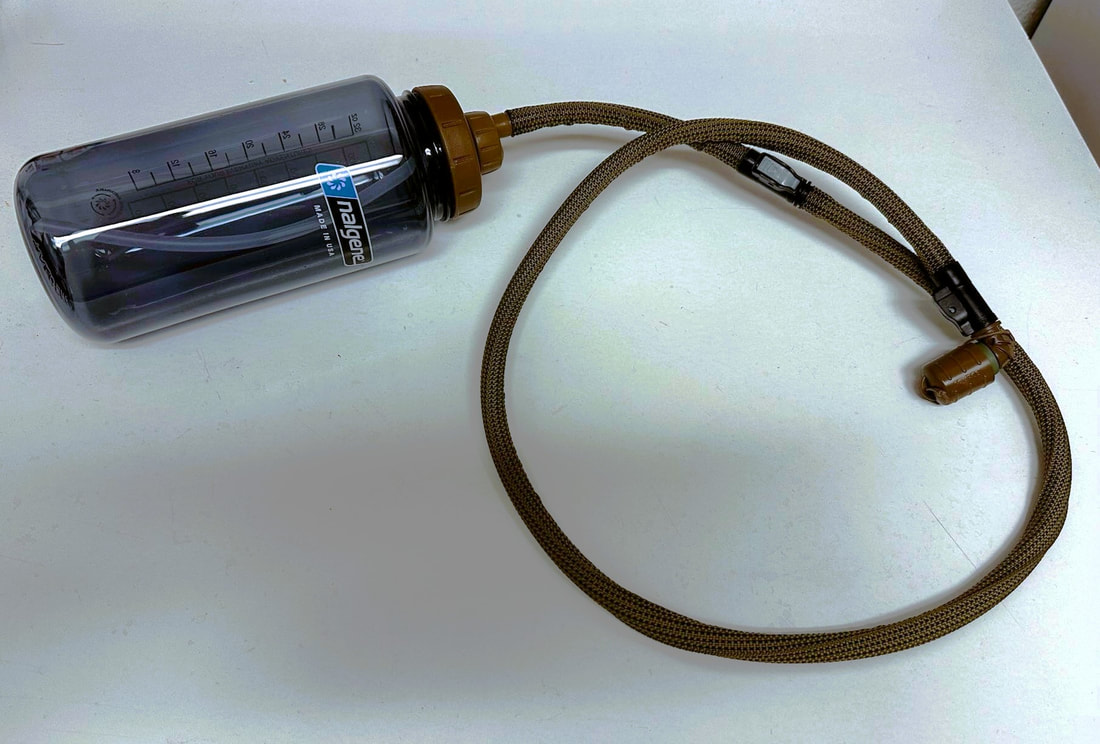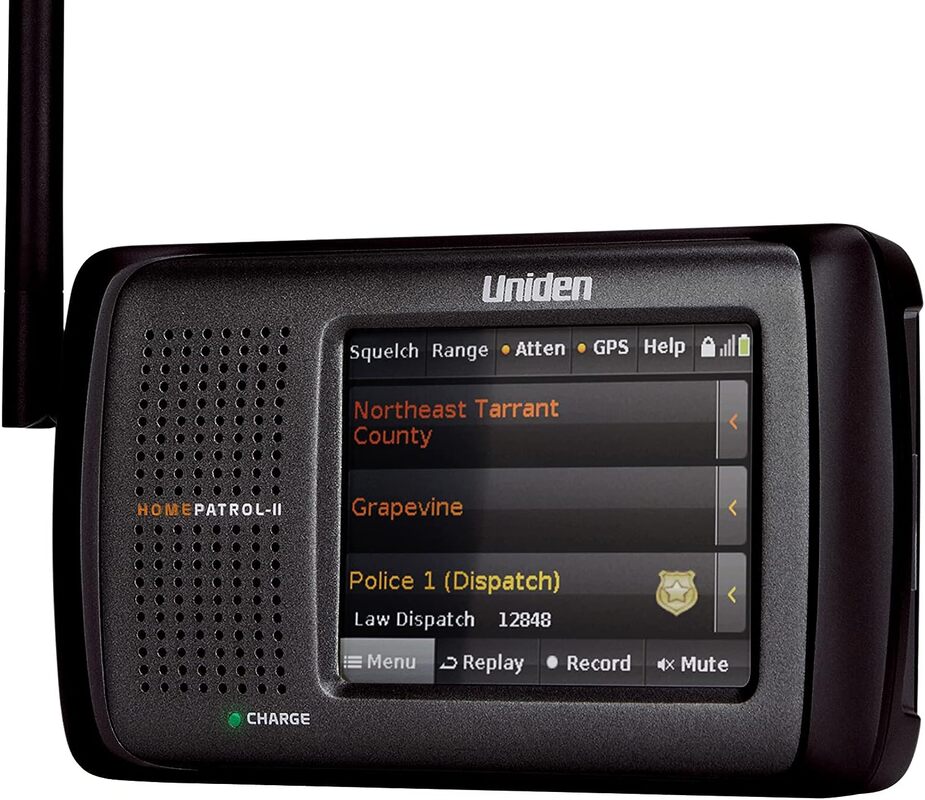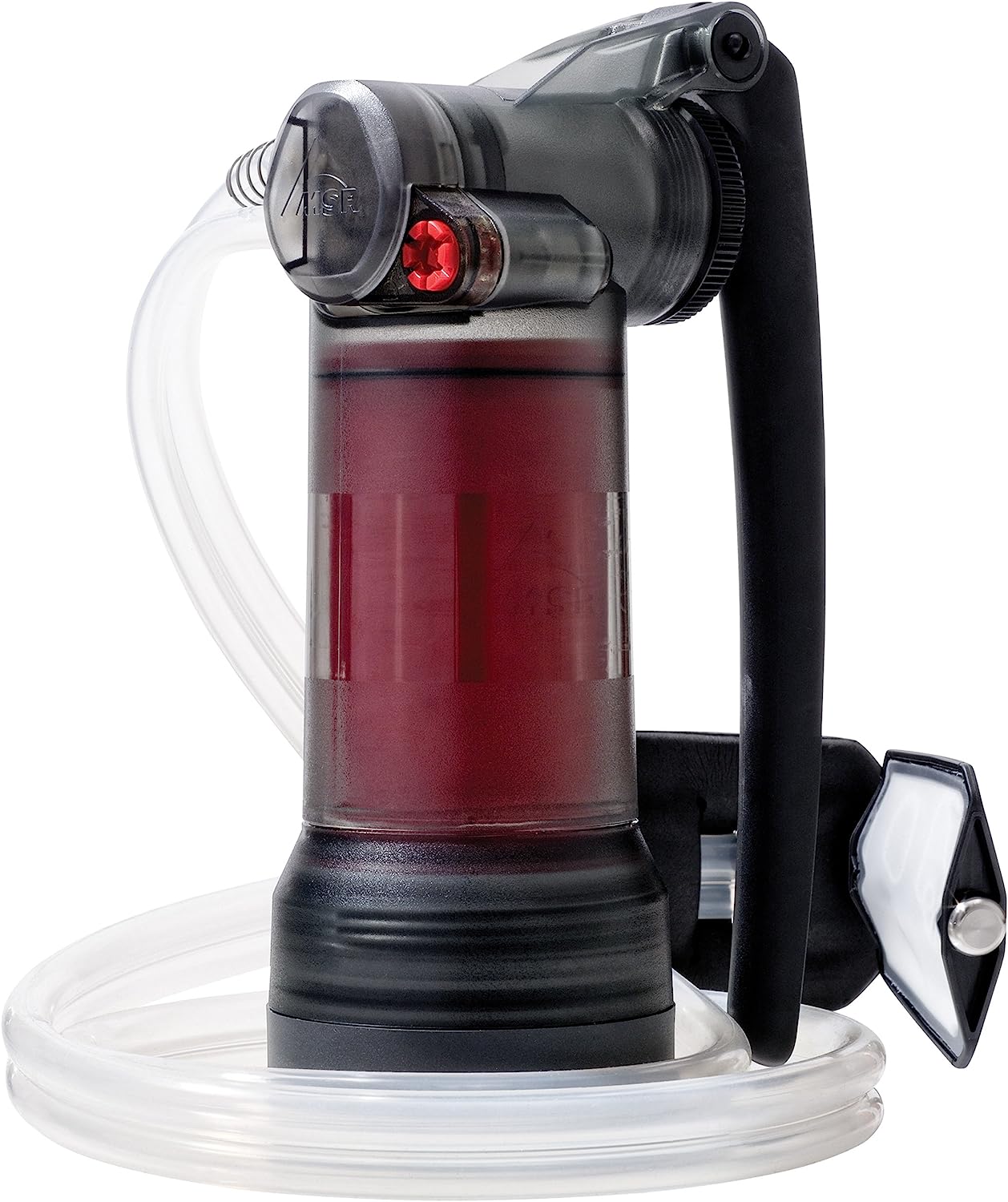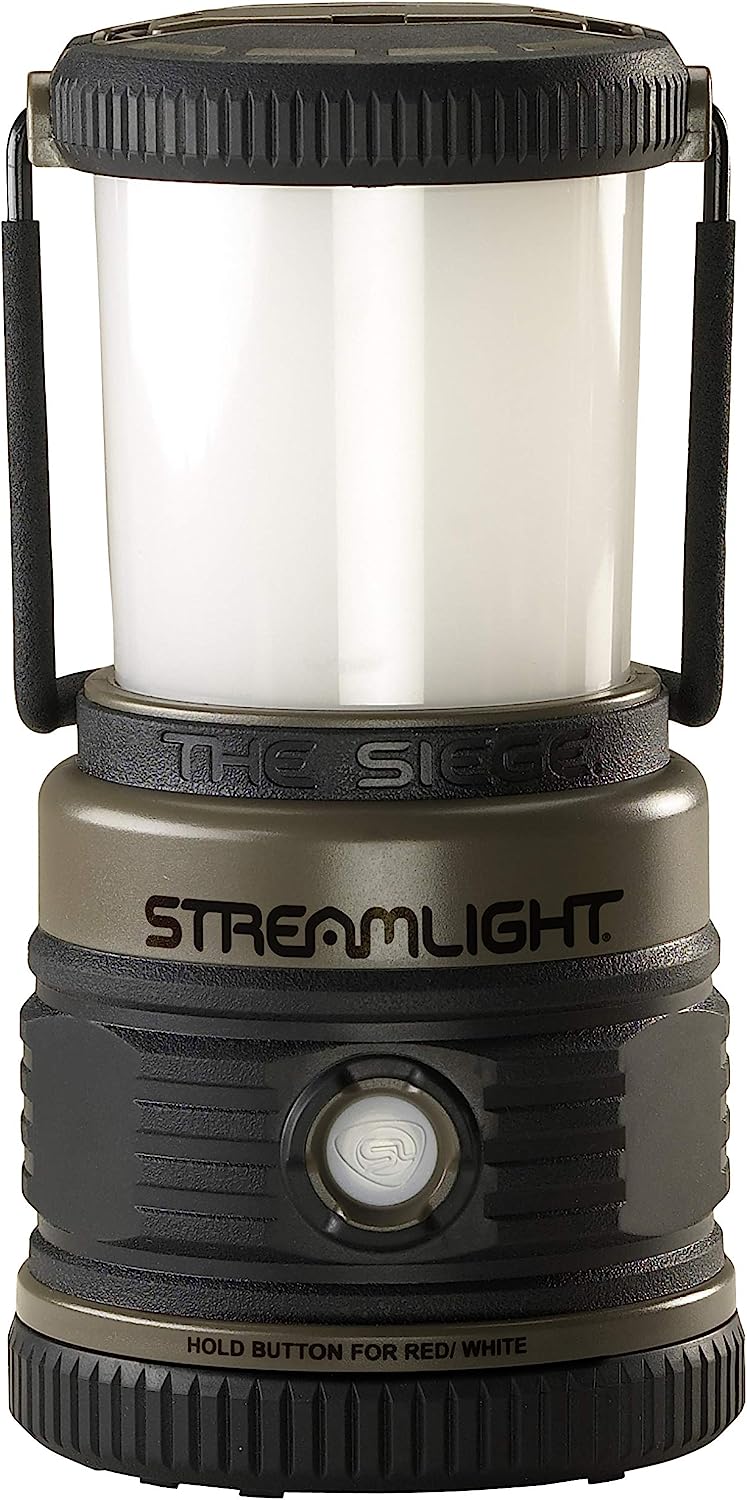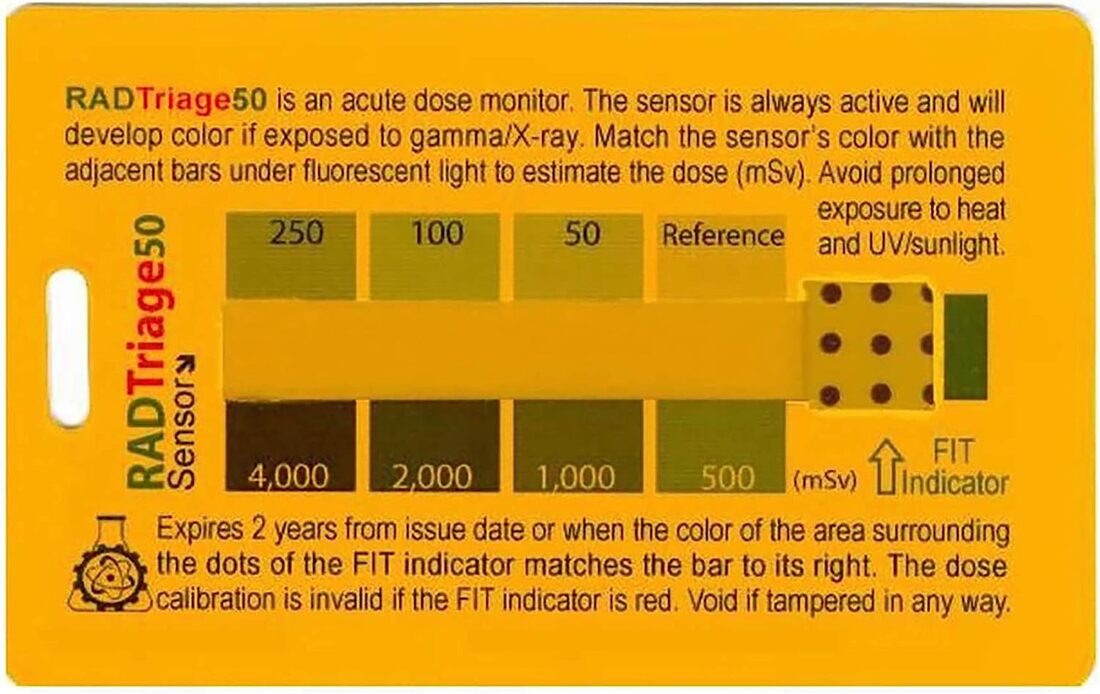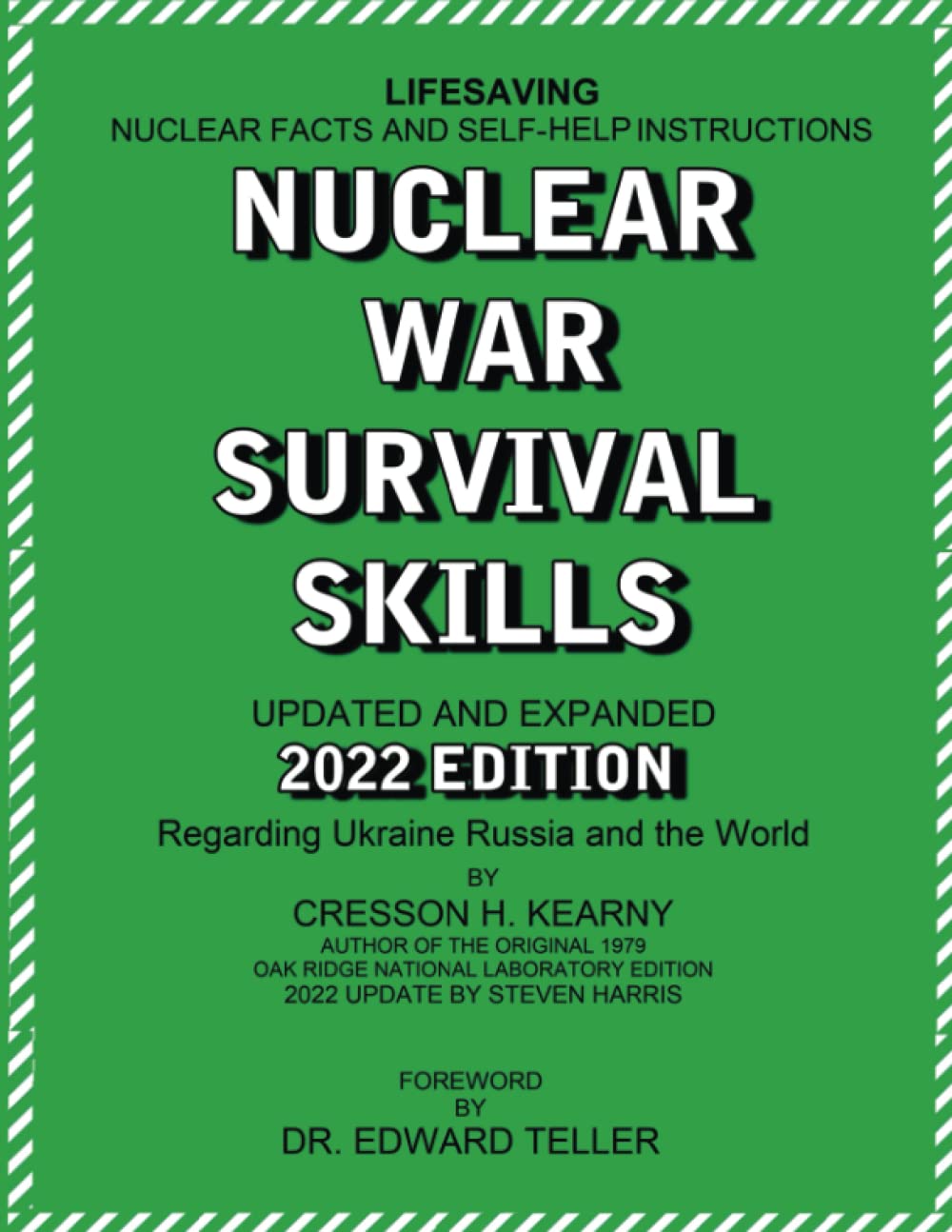|
“Will airports with runways long enough to support B-52s be targeted for airbursts or surface bursts during a nuclear war?” I got this question on Twitter and it bears deeper examination. Now do I know? I don't. I gather the truth is top secret or самый секрет, however, we can infer some answers. There are two questions though: 1. Will large airports be nuked? and 2. Will it be a ground or airburst? What the question refers to is a practice called bomber dispersal, which is largely a 1950s-1960s practice. In advance of a possible nuclear war, Strategic Air Command (SAC) could spread its bombers out across the country to airports with long runways, say 10,000 feet. This dramatically increases the number of possible targets the Russians would have to hit in a first-strike to disable America’s bomber force. We have to remember that America was behind the curve with ICBMs. Russia got their first, although we caught up. B-52s were our deterrent and first strike weapon. This is why missions like Operation Chrome Dome were flown were a portion of the bombers remained airborne at all times, even in peace, with live nuclear weapons ready to go. If a surprise attack caught us off guard, bombers above the Arctic would be given the go-codes to fly the rest of the way. This is what’s going on in Dr Strangelove and Fail Safe. Ordinarily B-52s were at their regular bases, like Minot AFB in North Dakota. Some sat on strip alert on sections of the apron that was called “the Christmas tree” due to it’s shape. These bombers were fueled, bombed up, and ready to go. In a real crisis, the whole fleet would probably be similarly primed. This is where dispersal comes in. Spreading your planes around makes them harder to kill. Any infantryman will tell you to stand five meters away from each other so one grenade can’t easily kill multiple people. Dispersal also makes your enemy spend money on building more bombs, delivery systems, and intelligence. The enemy has to target all possible runways or know for certain that no planes are there. Dispersal makes a nuclear attack more of a guessing game. That guessing game was largely solved by the advent of satellite reconnaissance. Though real time satellites came after bombers were relegated to the tertiary leg of the nuclear triad, being able to see that bombers are on the ground at San Francisco International (SFO) and aiming your missiles there takes away the guesswork. The movement to missiles also changed this. A missile can hit a target in 30 minutes (give or take), so why would you use a bomber if you didn’t have to? In today’s age, a dude with binoculars could just make a phone call to Beijing or Moscow if he sees a B-52 land at a civilian airport. Bombers became an insurance policy and a flexible option while ICBMs and SLBMs were the real deterrent weapons. Targeting therefore moves from bomber bases and runways to missile silos. Warheads are a finite thing and countries can’t just nuke whatever might be used against them. Current nuclear warhead inventories are about 1,200 for the US and Russia and 200-300 for China. A realistic US/Russia nuclear WWIII is a 500 warhead scenario (you have to hold some in reserve). A country can’t nuke long runways and all the other locations it needs to. There are command bunkers, major military bases, missile silos, and cities that need hit. The scary thing is military targets and missile silos are probably less likely to be hit than cities. Russia and China are believed to employ a counter-value strategy where they nuke cities to kill civilians instead of a counter-force strike against missile silos that will probably be empty. The idea is no politician wants to start a nuclear war if 50 million of his citizens will die an hour later. Anyone living in a major urban area is a literal hostage. So why nuke the runway if the bombers are already likely to be gone, if they were ever there? Those who live near a major airport need not fear being nuked, at least for this reason. The technical sideWhy is the questioner so focused on air vs. ground bursts? Ground bursts explode at or near ground level. They dig up a lot of earth and debris which becomes fallout. Fallout, over time, will kill more people via radiation over a larger area than the bomb alone. Ground bursts are done to put holes in the ground, such as making craters or destroying a deep bunker. Airbursts produce effectively zero fallout because there is nothing for them to irradiate besides the bomb itself, perhaps a plane or two, and some birds. The danger from an airburst is the thermal radiation (fires) and the blast wave. A nuclear weapon is just a big bomb and what doesn’t catch on fire will be stomped by a massive pressure wave worse than any tornado or hurricane. That is what turned Hiroshima to matchsticks. For ground bursts on a runway it’s likely a waste of destructive energy. You don’t need to dig a hole in the middle of an international airport to render it unusable. An airburst will go full Godzilla on anything beneath it, especially directly beneath it. Effects on pavement for airbursts seem to be nil. Hiroshima and Nagasaki were hit by 15-25kt blasts (depending on the source) and their roads below ground zero were fine. According to Alex Wellerstein’s Nuke Map, a 150kt warhead detonated at approximately 3,000 feet could create a crater 150 feet deep and nearly a quarter-mile across. SFO is toast and this is still an airburst that is unlikely to cause fallout. Now international runways are concrete that is several feet thick so the actual results would vary, but it does seem to be possible to physically damage a runway beyond repair without a surface burst. (note that Nuke Map shows the same result for 20psi optimized airburst as it does for a surface burst, so take it with a grain of salt; his tool is the best we have). If an airburst occurs higher to maximize the destruction by spreading it over a greater area, the overpressure will be lower on the ground, meaning less intense damage. Nevertheless even 1psi will ruin your day. Imagine a nuclear weapon obliterating an airport. Debris will be everywhere. An airplane cannot land or takeoff from a debris choked runway where the pavement might be melted and everything around is burning. Even a more distant explosion poses hazards. Any debris that gets on the runway is a danger to planes. Foreign Object Damage (FOD) is a very big deal; aircraft carrier deck crews know all about this. Sweeping runways to keep them clean is a major part of airport maintenance. If a city gets nuked, chances are its airport will have some form of debris on the runway rendering it unusable. A nuclear war will also make the airport unusable for other reasons. EMP will destroy communications so normal flight operations are out. Navigation aids will be destroyed. Most importantly staff may be dead or can’t/won’t come to work. It is not beyond the realm of possibility that enemy special forces with lasers and surface-to-air missile launchers might be lying in wait for a bomber scramble from a civilian airport or an Air Force base. Finally, the green rings in the images from the Nuke Map simulation represent radiation. This is not fallout but prompt radiation. A nuclear weapon airburst sends radiation out sorta like an x-ray machine irradiating the ground below it. The irradiated area (ground zero) is only dangerous if you enter it. The radiation will fade over time, but it will take eight days for the 500 rem zone to reduce in intensity for short trips, such as an emergency rescue, to be safe. An eight-hour work day on day eight is over the dose that a nuclear industry worker can get in an entire year. After a month, that limit is a few days. No one except the most dedicated rescue workers, for a few hours at best, are working on a radioactive runway. After a nuclear war even airmen would probably mutiny. So to answer the question directly: 1. It is unlikely long runways will be targeted, and 2. airbursts are more likely to enhance the collateral damage done beyond the airport. Those who live near major airports should be more worried about living in a major population center that will get nuked. If you live downwind of a major airport, I wouldn’t worry about fallout from a runway-cratering ground burst. Help support articles like this. Buy my book Nuclear Survival in the Suburbs and others.
Comments are closed.
|
Author Don ShiftDon Shift is a veteran of the Ventura County Sheriff's Office and avid fan of post-apocalyptic literature and film who has pushed a black and white for a mile or two. He is a student of disasters, history, and current events. Archives
May 2024
Categories
All
As an Amazon Associate I earn from qualifying purchases.
|
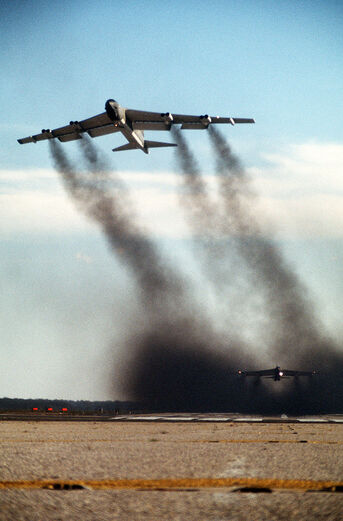
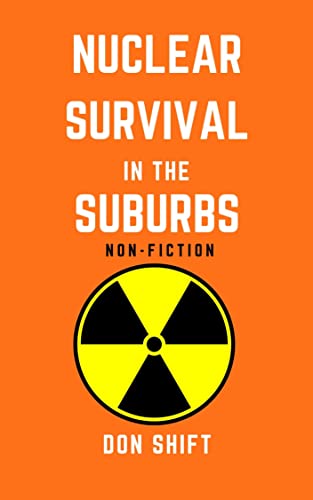
 RSS Feed
RSS Feed
